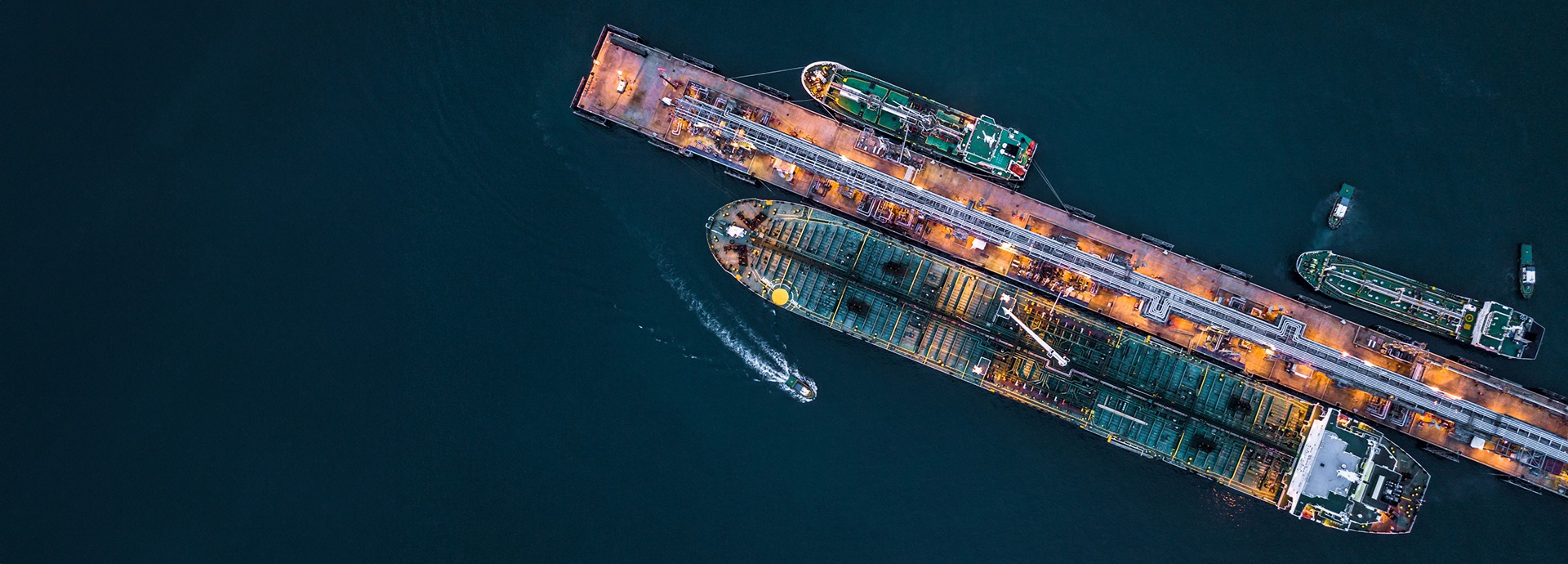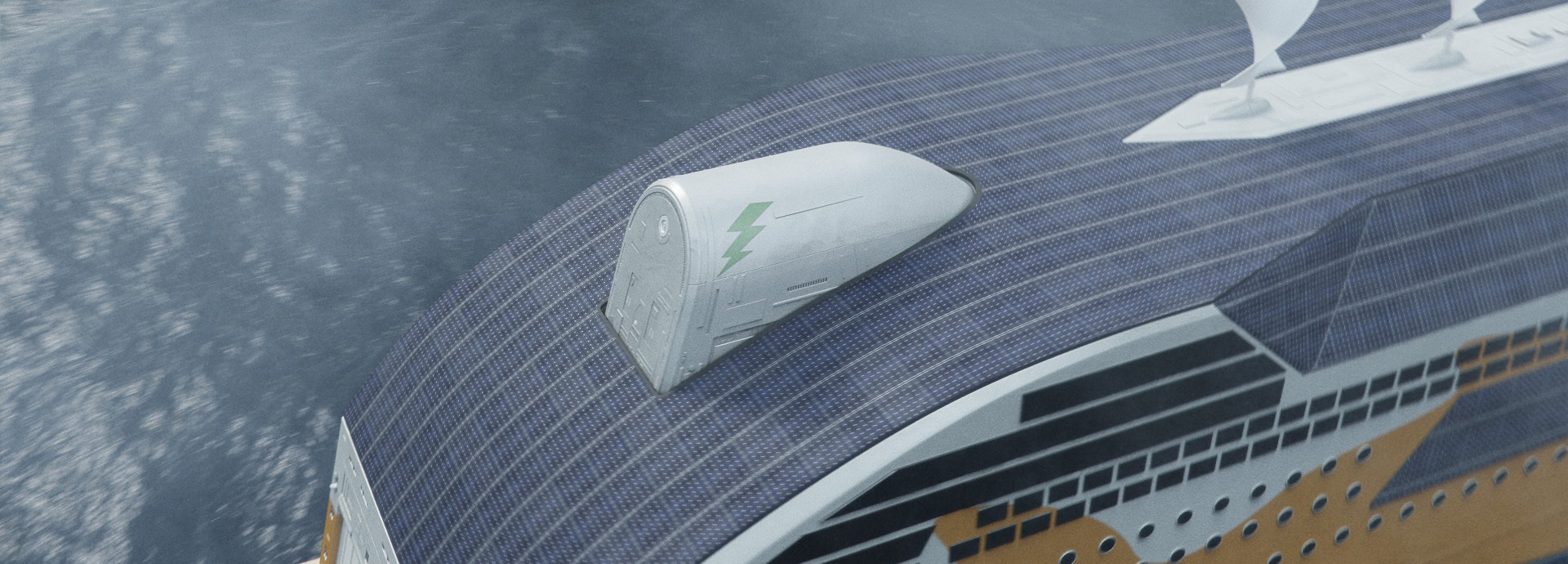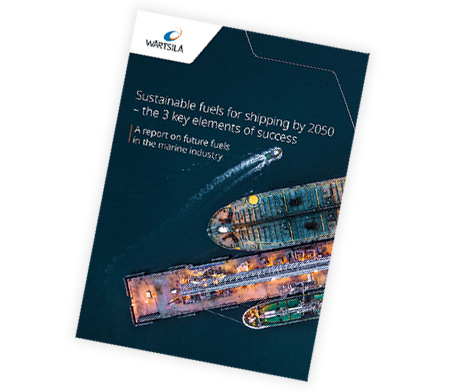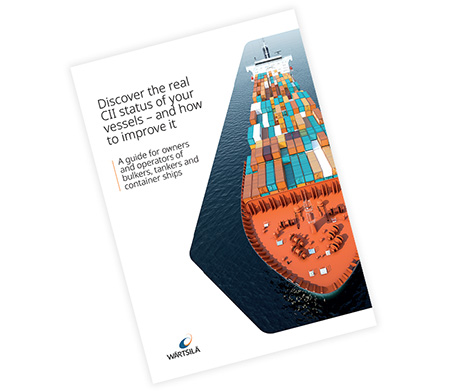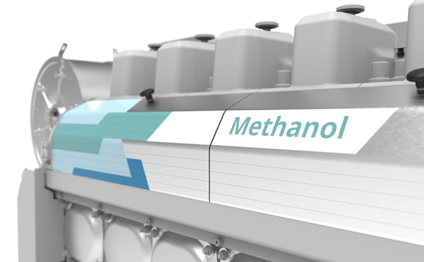
Decarbonisation and net zero for the shipping industry
What is decarbonisation
Emission reduction, and especially greenhouse gas (GHG) reduction, is the challenge of the century.
Decarbonisation usually refers to the overall process of reducing “carbon intensity.” This means that the amount of greenhouse gas emissions is decreased. The ways to achieve this include increasing energy efficiency, replacing fossil fuels with low carbon alternatives or carbon emission abatement.
Decarbonisation has become a global imperative and a priority for governments, companies, and societies because it plays a key role in limiting global warming.
The marine sector must contribute significantly to fighting climate change, and decarbonisation is the way.
What is decarbonisation in shipping?
Decarbonisation in shipping means that the shipping industry needs to transform into a form of green transport. The International Maritime Organization (IMO) has put regulations in place to drive this transformation.
The IMO’s Greenhouse Gas Strategy was revised in 2023, and there are three interlinked ambitions:
- Reducing GHG emissions by at least 20% by 2030 compared to 2008.
- Reducing GHG emissions by at least 70% by 2040 compared to 2008.
- Achieving net zero GHG emissions from international shipping by 2050.
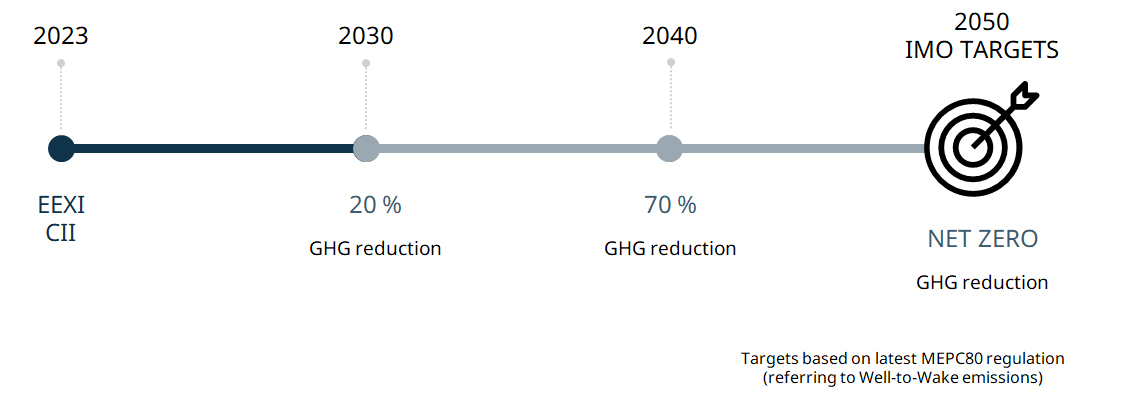
Sustainable fuels for shipping by 2050 – the 3 key elements of success
How to decrease the environmental footprint of shipping? What are the key actions that will keep the shipping industry on course to achieve net-zero by 2050?
Download this research-backed report on future fuels in the marine industry to find out:
Take a look at decarbonisation solutions
The best ways to reduce emissions in shipping are different for existing fleets and for newbuild vessels.
Sustainable shipping and EEDI, EEXI, and CII
Newbuild ships must meet the requirements set in the Energy Efficiency Design Index (EEDI). The result is that new ships will be increasingly energy efficient.
Existing ships must also meet certain requirements, set by the Energy Efficiency existing ship Index (EEXI).
Complying with EEXI: these are the top 4 ways to comply with EEXI without slowing down your vessels.
In addition, vessel fleets worldwide must adapt and comply with the new Carbon Intensity Indicator (CII). This measure for operational efficiency has been set by the IMO and it has been in effect since January 2023.
The CII requires consideration from ship owners and operators. Ships get their CII rating every year, and the rating ranges from A (best performance) to E.
If a ship is rated E for one year or D for three years in a row, the owner/operator must submit a plan to correct the situation. The plan must outline how the ship will achieve a C rating or better.
4 shocking facts about CII ratings in shipping
- Bulkers, oil tankers and container ships form the majority of vessels in the global fleet. More than one third of them are not compliant with the IMO targets. In other words, more than one third of them fall into the CII rating category of D or E.
- Almost all vessels aged 10-15 years fall into CII rating categories C, D, or E. The vessels would have years of useful life left, but they will be stranded if their efficiency does not improve significantly.
- In 2024, only one year after the IMO regulations come into force, more than half of the worldwide fleet will be non-compliant with CII, having fallen into categories D or E.
- If no action is taken, 81% of bulkers, 57% of oil tankers, and 80% of container ships will be in category E in 2030. This means that they will no longer be able to run.
If any of your vessels are in danger of falling into D or E categories, you need to make positive changes to improve their ratings – and fast.
Learn how to meet the ever stricter CII targets – watch this webinar now: How to improve your CII rating with energy-saving technologies
Decarbonisation and net zero emissions are important. The good news is that shipping can be more sustainable without sacrificing business success.
Everything you need to know about improving your CII rating
Vessel fleets must now comply with the new CII ratings. Thousands of ships need to start operating more efficiently – or there is a clear risk that they will become stranded assets. Knowing when and how to adapt will be critical for maximising business and ensuring that the vessels can stay in circulation.
How to discover the real CII status of your vessels
Knowing when and how to adapt is key to maximising the profitable service life of your vessels. But before you can choose from the range of solutions, you need to have an accurate idea of the problem.
So how do you discover the real CII status of your vessel?
Marine decarbonising strategies for existing fleets
If you own or operate ships that must reduce emissions and improve fuel consumption, you have several options, including
- limiting engine loads (either by power limitation or by reducing speed)
- retrofitting energy-saving technologies
- switching to low-carbon fuels
- initiating engine upgrades
- adopting electric solutions (hybrid, shore power, shaft generators).
Learn more! Take a closer look at decarbonisation solutions for existing fleets.
When you want even more insight, download a brilliant eBook to discover 51 great ways for the maritime industry to reduce its greenhouse gas emissions.
Another option to consider is a service agreement with an expert partner such as Wärtsilä. Proper maintenance can help you decarbonise, cut emissions, and stay compliant. In practice, you would get a guarantee that your vessel would achieve a suitable CII rating in the agreed schedule.
More on energy saving technologies
Download this helpful white paper: “CII rating: 11 smart ways to boost it while staying competitive”.
You may also be interested in this article: “How energy saving technologies can help with CII compliance”.
This article concentrates on one energy saving technology and discusses if rotor sails are the answer to CII and EEXI compliance for ships.
If you prefer to watch a webinar, choose this one: “How to improve your CII rating with energy saving technologies”.
More on EEXI compliance
How to achieve EEXI compliance? Could power limitation solutions from Wärtsilä be the answer? Watch this webinar to find out!
Decarbonisation for newbuild vessels
If you own or operate ships that must reduce emissions and improve fuel consumption, you have several options, including
- choosing modern, multi-fuel engines, complete with fuel handling systems
- adopting energy-saving propulsion systems
- implementing energy-saving technologies
- choosing electric solutions such as hybrid, shore power, shaft generators.
Learn more! Take a closer look at decarbonisation solutions for newbuild vessels.
When you want even more insight, download a brilliant eBook to discover 51 great ways for the maritime industry to reduce its greenhouse gas emissions.
More than technology
Decarbonisation will take more than technology. It is important that every actor in the shipping industry connects, collaborates, and shares their knowledge.
Future fuels in shipping
To power shipping in the future, Wärtsilä is investigating a wide range of fuels and developing engines that produce less and less greenhouse gas emissions. In addition, there are three keys to success when the shipping industry seeks to achieve net-zero by 2050. Six fuel types are particularly interesting for the shipping industry:
- ammonia
- bio and synthetic liquefied natural gas (LNG) and natural gas
- biofuels
- ethanol
- hydrogen
- methanol.
You will find alternative fuels knowledge in one place: “Future fuels A to Z – 19 best picks on future marine fuel technology”.
Webinars related to decarbonisation
Explore what you need to know about decarbonisation in shipping – learn from experts from the marine industry and associations. Register now! Or catch up on recent webinars.
Insights on maritime decarbonisation
Discover these insightful articles – they will build your understanding of decarbonisation-related topics!
11 powerful reasons to choose Wärtsilä as your partner
Choose Wärtsilä as your partner for your decarbonisation journey. These are the 11 most powerful reasons – and there are many more:
- Wärtsilä can tell you how IMO’s new GHG regulations and timeline will affect your current and new fleet
- You can get a clear insight on carbon intensity and its link with Energy Efficiency Design Index (EEDI)
- You can discover ways to decarbonise and operate so that the carbon taxes are minimised
- You can discover the role of emissions trading and other market-based measures in reducing shipping’s carbon footprint
- You will have access to the latest energy-saving technologies and smart energy solutions that combine batteries and conventional marine engines. This can significantly improve the efficiency of your fleet while saving you money
- You will learn about the utilization of energy efficiency improvements to realize emission reduction goals
- You can adopt the propulsion efficiency package: integration and optimization of Energy Saving Technologies – and achieve better efficiency for your fleet – through a single partner, Wärtsilä
- You will benefit from synergies in the delivery process (design, project management, commissioning, warranty)
- Machinery room and propulsion sizing and machinery room layout integration will bring you new efficiencies
- Wärtsilä’s global service network means that you will find lifecycle support near your locations
- You can take advantage of Wärtsilä’s digital capabilities and digital solutions for voyage optimisation.
